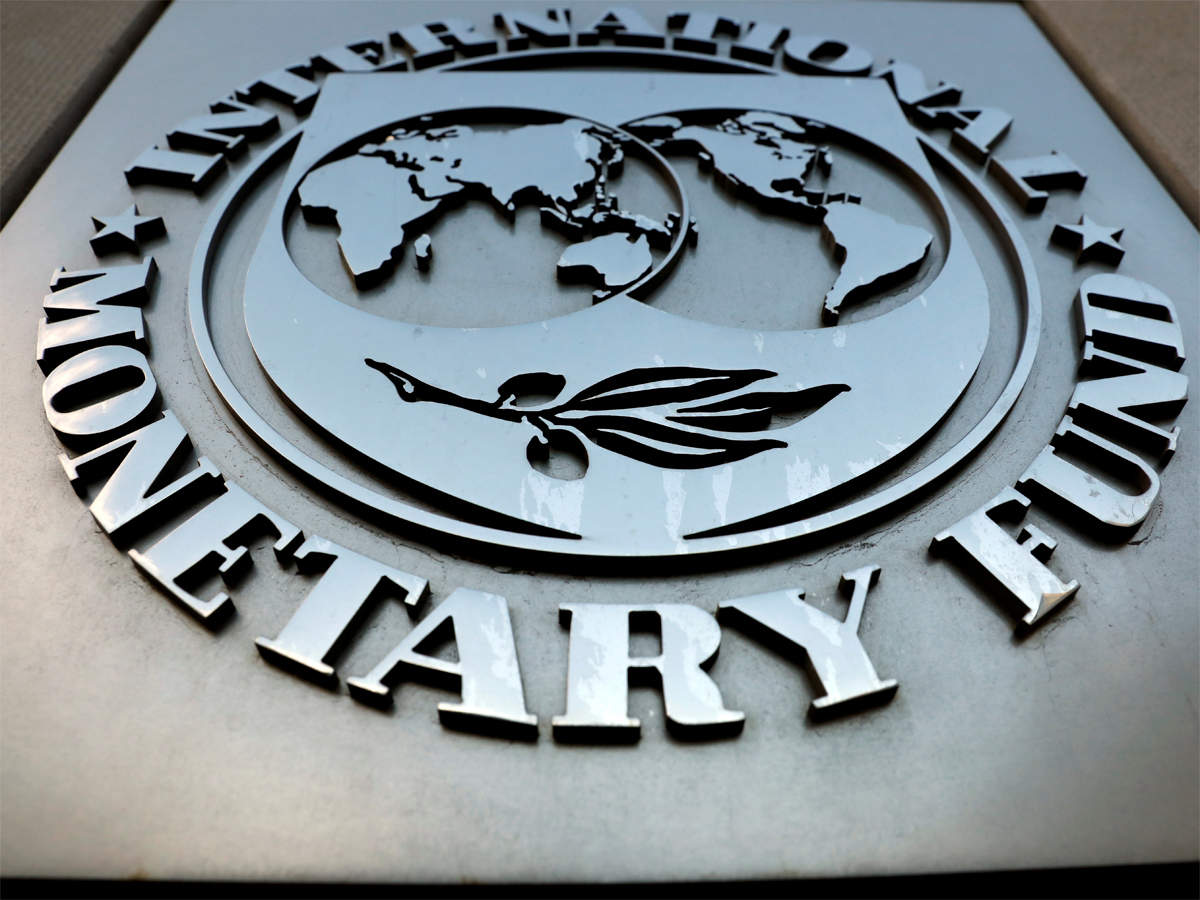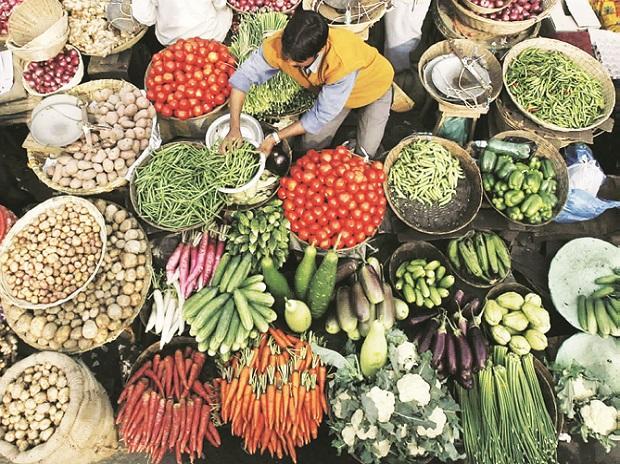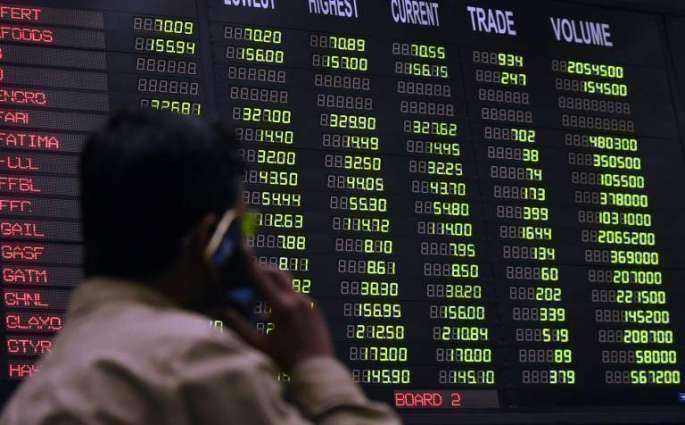Disclaimer*: The articles shared under 'Your Voice' section are sent to us by contributors and we neither confirm nor deny the authenticity of any facts stated below. Parhlo will not be liable for any false, inaccurate, inappropriate or incomplete information presented on the website. Read our disclaimer.
This article was originally submitted by Sobia Farrukh, Muhammad Bilal and Sharjeel Imtiaz
Taking loans for one’s development is not a bad thing. People usually take loans when they have to invest in something they don’t have the finances for.
Like people, economies also usually develop themselves by taking loans from financial institutions worldwide. Even the industrialized or advanced economies; like the US, Japan, Saudi Arabia and Venezuela have borrowed money and there is nothing wrong with that. The problem arises when the economies are unable; to repay their debts, and the interest starts to get accumulated as time passes.
We have seen since the 1970s, Pakistan has been piled up with debt from not only institutions like IMF and World Bank but also from other countries which have led the country to economic instability.
The government in order to pay the previous debts takes new ones and the debt cycle goes on and on.



According to the Express Tribune, February 2020, Pakistan has had a bailout agreement with the IMF and suggests that “Of the $6 billion loans that we are to get from the IMF over the course of 39 months, only $1.85 will actually come into our coffers and the rest will serve to retire the debt obtained from the same global lender previously.”
Debts are taken by the government to invest in development projects, create employment and generate taxes, bring socio-economic progress in the country, and therefore, generate the cost of the repayments. However, the Pakistani governments, for more than a decade, have not been too concerned with the repayment.
The country’s internal and external debts stand up to Rs.40.22 trillion (as of the fiscal year 2019) where the GDP has declined from $313.13 billion in June 2018 to $283.3 billion in June 2019, according to the Express Tribune, February 2020. Nevertheless, the government is still planning on borrowing an additional Rs1.9 trillion to meet the budget deficit this year, hence, piling the country on with more of these debts.
One of the major challenges of the heavy indebtedness is obstructing the country’s economy to strive for growth and consequently, being in a developing phase forever.
This heavy debt causes Pakistan to suffer a lot of inflation. Due to the growing rates of fuel and electricity, there is an increase in food and consumer goods prices. Also, a huge shortage of some essential food items like sugar and wheat in spite of being an agricultural country leads not only to increase their imports but the cost of domestically grown food items are also raising.



The insufficient tax and revenue generation, high fiscal deficit, insignificant growth in exports, and remittance are also on a slow scale. Our total merchandise exports only grew from $11.181 billion in 1HFY19 to $11.533 billion in 1HFY20. Our GDP is dragging down due to less financing received by the private sector and resulting in less production.
As quoted in the Express Tribune, “State Bank of Pakistan (SBP) Governor Dr Reza Baqir fears growth can fall below 3.5% in the current fiscal year. The IMF has forecast an even lower growth of just 2.4%.” According to different media reports which state that the entire shortfall of tax revenue during FY20 could reach Rs750 billion and these huge gaps will be filled by borrowing loans.
The decreasing income and high inflation are dragging the consumption to a lower level that the local production is not consumed completely.
According to the Pakistan Bureau of Statistics, the yearly consumer inflation doubled; from 5.6% in January 2019 to 14.6% in January 2020. Pakistan remittance is also affected by the lockdown in the gulf and other countries. Pakistan is failing day by day to collect revenue and boost exports; which results in borrowing not only from domestic sources but from external sources as well.
Unlike the previous governments, the new PTI government is really concerned with lifting Pakistan’s economy; from the debt trap, and this positive change is already visible. Moody’s has rated Pakistan’s economy to be stabilized in future. Pakistan’s economy has uplifted through two aspects: exports and domestic. The exports include increase; in cement production and sales by 33%, petrol usage by 8%, diesel by 15% and fertilizer by 22%.
The stock market after Covid-19 pandemic rose by 47%; increasing the confidence level as it was the second-fastest increase in the world. The tax collected was Rs.300 billion that is 33% more than the target set. Besides these statistics, the government also took steps to increase economic wellbeing through a futuristic approach.



They are encouraging people and building their confidence in businesses. No additional taxes, very low or no duties; resulting in no additional expenses, providing subsidies, providing loans to establish or operate businesses, extending the repayment period; for a year, and paying electric bills were some benefits; given to the small-business sector to survive through the hard times and be prepared; for when the world resumes its operations again.
The government is investing heavily for public and private participation in the Public Sector Development Program (PSDP).
They are starting two main projects: Naya Pakistan – which revolves around creating low-cost homes for the poor, provide 5% mortgage and subsidized rates, and 90% reduction in taxes to whoever comes to be a part of it; and the Bhasha Dam and ML-1 – which is revolutionary up-gradation of the 150-year-old railway and will constitute to increasing the economic activities and creating 150,000 jobs.
The government is in good terms with the IMF which is cooperating with Pakistan in the Covid-19 pandemic. The government is seeking loans at good rates, construction packages with some exemptions, helping Pakistan provide liquidity cash to the poor, business enterprises, the unemployed and the disadvantaged.
Foreign direct investment(FDI) Is another way to boost the developing country’s economy. According to the reports, FDI is currently increased by $114.3 million in July ’20; compared with the previous month increase of $174.8 million and consists of; investments in technology, power, and industrial sectors of the country. The decline in the amount is due to the inconsistent policies but the continuous efforts; of the government, will definitely help Pakistan to increase the FDI in future. CPEC is considered as a game-changer for Pakistan’s economy.
Several projects of Power generation and road up-gradation have been completed.



It has created 75000 jobs and is also estimated to create around 1 million more till 2030. Although China has given the lowest interest rates for the project and will start the repayment; from 2021, having the Repayment plan scheduled in a way; that it wouldn’t burden Pakistan economy immediately, there is a great possibility; that this project may have caused Pakistan to be heavily indebted and may even make it hard; for it to recover. As in Sri Lanka’s case where the country fell; in a Chinese debt trap, and ended up losing its national and strategic asset, the Hambantota Seaport, to China.
Lastly, there is only one major cause of debt; that makes Pakistan almost impossible to escape from the debt trap – the Energy Sector Circular Debt (the electricity circular debt). This has been present for a significant period of time and no previous government has been triumphant to resolve it. However, the current government plans to induce some ideas to reduce it. The government plans to work on; increasing the collections, decreasing the distribution losses, accelerating on the low rates of renewable energy, and involve the private sector in distribution.
We can see that the current government is working hard; to implement the new strategies in the economy to save it from falling into the debt trap furthermore. It has already achieved many goals and is still working on achieving more. Overall, if the government continues to take the correct decisions; to increase the economic growth and revenue of the country, Pakistan is going to have; a stable and developed economy in a couple of years.














